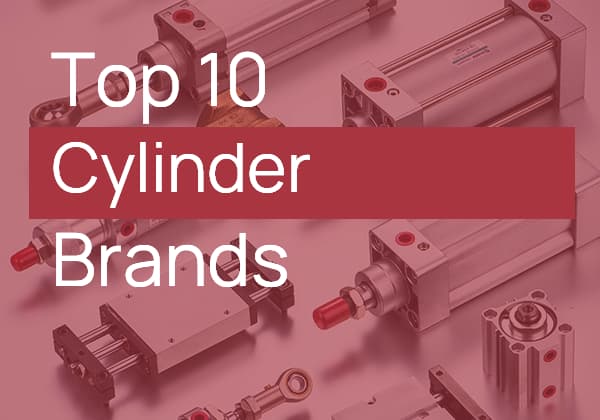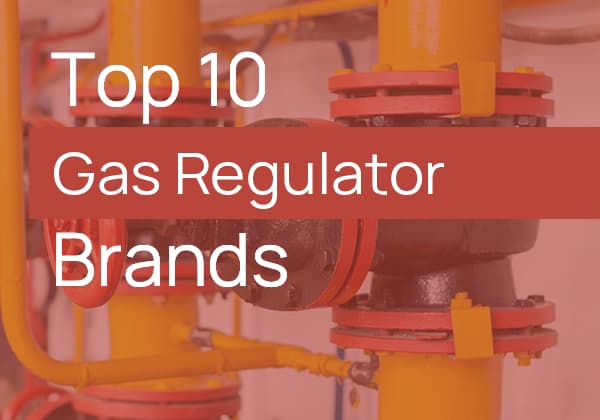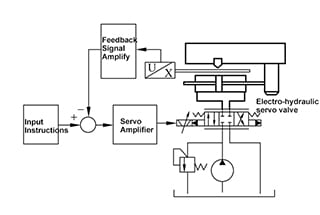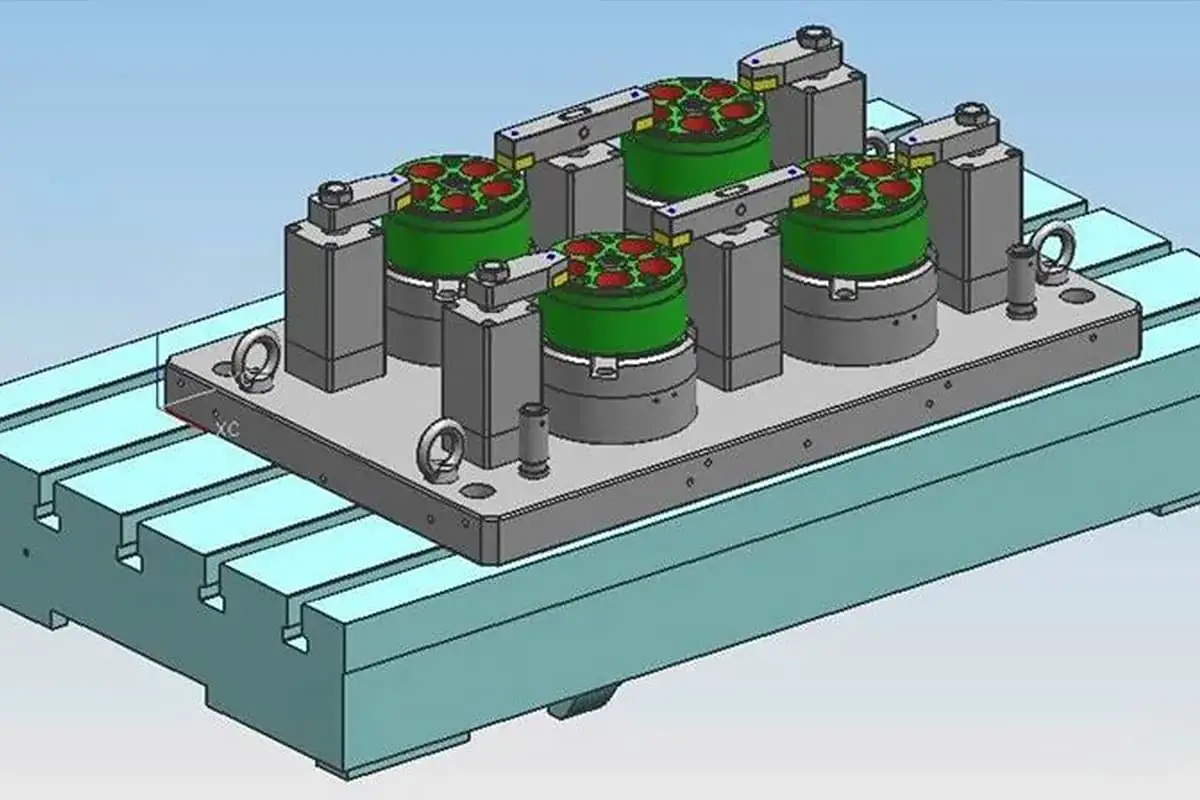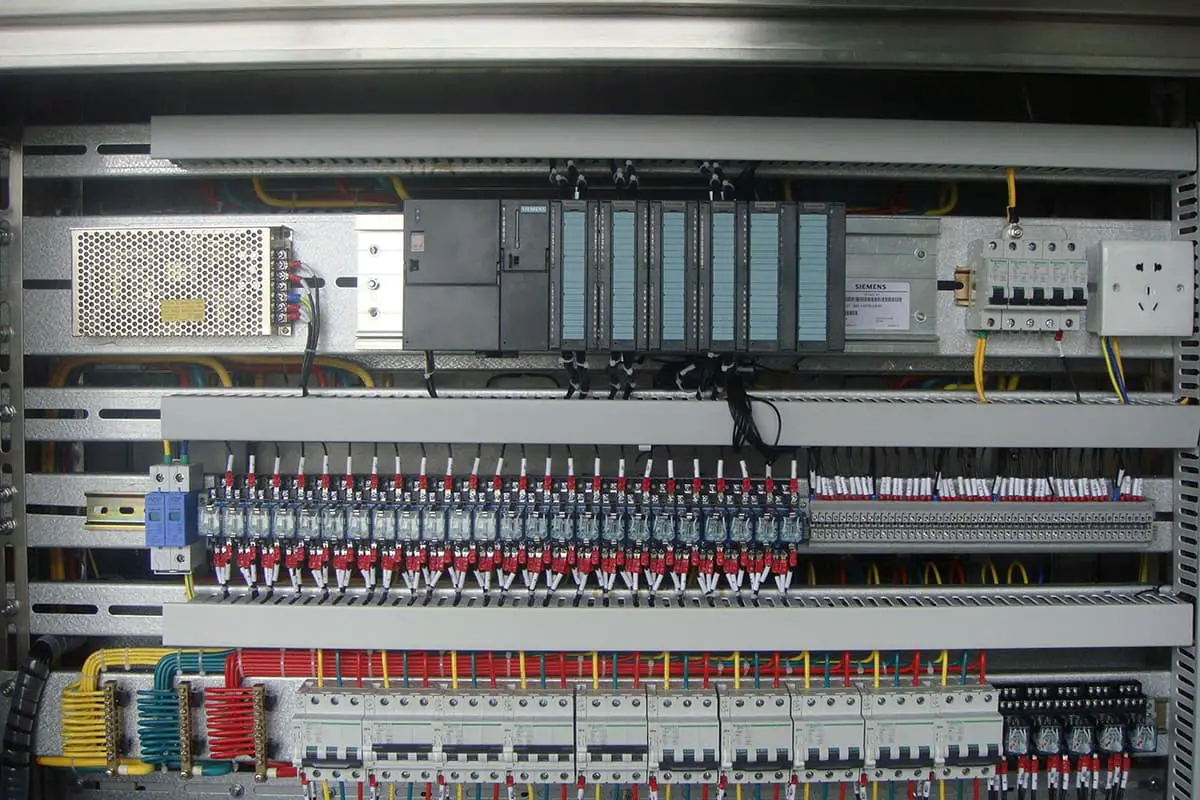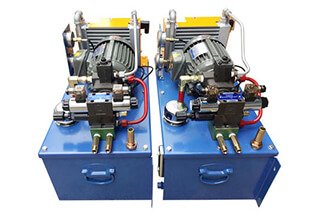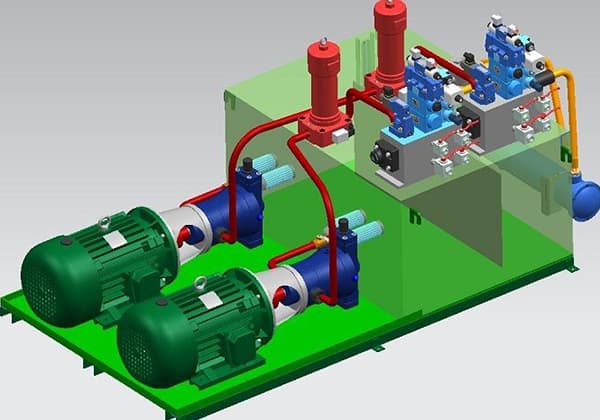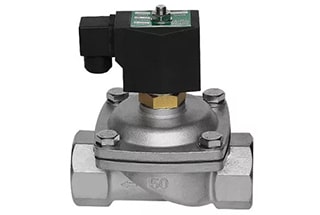
The solenoid valve is a basic automatic component used for controlling the flow direction of fluid and is considered part of the actuator. It is widely utilized in mechanical control systems and industrial valves to regulate the direction of the fluid, thereby controlling the valve’s switch. Working principle of solenoid valve The solenoid valve features […]
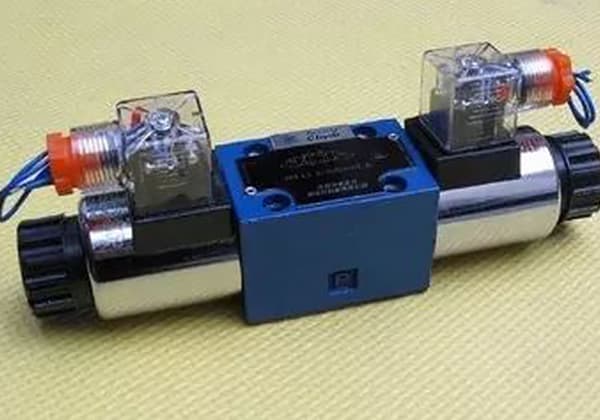
The solenoid valve is a basic automatic component used for controlling the flow direction of fluid and is considered part of the actuator.
It is widely utilized in mechanical control systems and industrial valves to regulate the direction of the fluid, thereby controlling the valve’s switch.

The solenoid valve features a closed cavity with multiple through holes located at different positions. Each of these holes leads to a distinct oil pipe. At the center of the cavity lies a valve, with two electromagnets positioned on either side. When the magnet coil is energized, the valve body will be drawn to either side. This movement of the valve body regulates the flow of oil by blocking or opening different oil drain holes.
The oil inlet hole is normally open, allowing hydraulic oil to flow into the various oil drain pipes and exert pressure on the piston of the oil cylinder. This, in turn, drives the piston rod and the attached mechanical device. In essence, the mechanical movement is controlled by regulating the current in the electromagnet.
1. Solenoid valves are divided into three categories in principle:
1) Direct acting solenoid valve:
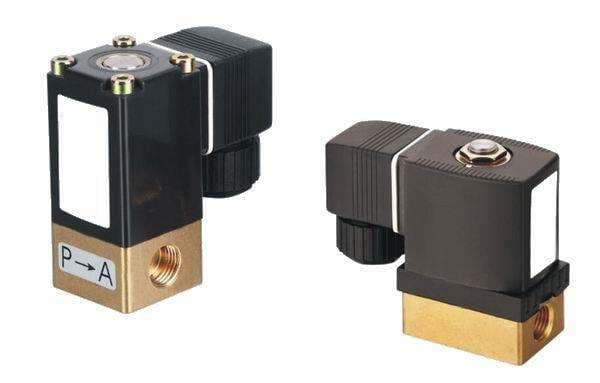
Principle: The solenoid coil generates electromagnetic force when energized, which lifts the closure piece from the valve seat and opens the valve. When the power is cut off, the electromagnetic force disappears, causing the spring to press the closure piece back onto the valve seat, thereby closing the valve.
Features: It is capable of operating under vacuum, negative pressure, and zero pressure conditions, although the diameter is generally limited to 25mm or less.
2) Distributed direct acting solenoid valve:
Principle: The valve operates through a combination of direct action and pilot control. When there is no pressure difference between the inlet and outlet, the electromagnetic force directly lifts the small pilot valve and the main valve closure piece, causing the valve to open after power is turned on.
When a starting differential pressure is reached between the inlet and outlet, the electromagnetic force pilots the small valve, causing the pressure in the lower chamber of the main valve to increase and the pressure in the upper chamber to decrease. This creates a differential pressure that pushes the main valve upward.
When power is turned off, the pilot valve uses spring force or medium pressure to push the closure piece downward, closing the valve.
Features: The valve can function under zero pressure difference, vacuum, and high pressure conditions. However, it requires a large power input and must be installed horizontally.
3) Pilot operated solenoid valve:
Principle: When power is applied, the electromagnetic force opens the pilot hole, causing a rapid drop in pressure in the upper chamber. This creates a high pressure difference around the closing piece, and the fluid pressure pushes the closing piece upward, opening the valve.
When power is cut off, the pilot hole is closed by the spring force. The inlet pressure quickly creates a low to high pressure difference around the valve closing piece through the bypass hole chamber, causing the fluid pressure to push the valve closing piece downward, closing the valve.
Features: The fluid pressure range has a high upper limit and can be installed in any location (customizable) as long as it meets the fluid pressure differential requirements.
2. The solenoid valve is divided into six subcategories according to the difference in valve structure and material and principle:
Direct-Acting Diaphragm Structure, Step-by-Step Heavy Plate Structure, Pilot Diaphragm Structure, Direct-Acting Piston Structure, Step-by-Step Direct-Acting Piston Structure, Pilot Piston Structure.
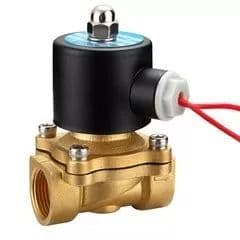
The fluid in the pipeline must be compatible with the medium specified in the selected model of solenoid valve series.
The temperature of the fluid must be lower than the calibrated temperature of the selected solenoid valve.
The solenoid valve’s allowable liquid viscosity is usually less than 20 CST and it should be noted if it exceeds 20 CST.
When the working differential pressure and the maximum differential pressure of the pipeline are less than 0.04 MPa, direct-acting and multi-step direct-acting types such as ZS, 2W, ZQDF, ZCM series should be selected.
If the minimum working pressure difference is greater than 0.04 MPa, a pilot-operated (differential pressure) solenoid valve may be selected.
The maximum working differential pressure must be lower than the maximum calibrated pressure of the solenoid valve.
Solenoid valves typically operate in a one-way manner, so it is important to consider the presence of back pressure differences. If necessary, a check valve should be installed.
If the fluid is not sufficiently clean, a filter should be installed before the solenoid valve. The solenoid valve requires a higher level of medium cleanliness.
Consider both the flow diameter and nozzle diameter.
The solenoid valve is usually only controlled by two switch positions.
If feasible, a bypass pipe should be installed to facilitate maintenance.
In the event of water hammer, the opening and closing time of the solenoid valve should be adjusted as necessary.
Take into account the impact of ambient temperature on the solenoid valve.
The current and power consumption of the power supply should be chosen based on the output capacity.
The power supply voltage is typically allowed to deviate by ±10%.
It is important to note that the VA value is high during AC start-up.
The solenoid valve comes in two types: normally closed and normally open.
When selecting a solenoid valve, it is typically recommended to choose the normally closed type, which is powered on and off.
However, if the opening time is long and the closing time is short, it is better to opt for the normally open type.
Factory life tests are a common type of test item. However, it’s important to note that there is no official standard for solenoid valves in China, so care should be taken when choosing a manufacturer.
For instances where the action time is very short and the frequency is high, the direct action type is generally preferred. For larger calibers, the fast series is the better choice.
Generally, solenoid valves are not waterproof. If the conditions do not allow for a standard solenoid valve, it is recommended to select a waterproof type, which can be customized by the factory.
It is important to ensure that the maximum calibrated nominal pressure of the solenoid valve exceeds the maximum pressure in the pipeline, as failure to do so may result in a shortened service life or other accidents.
For corrosive liquids, it is recommended to use a stainless steel type solenoid valve, and for strong corrosive liquids, a plastic king (SLF) solenoid valve is recommended.
In explosive environments, it is necessary to select corresponding explosion-proof products.
Many solenoid valves are suitable for universal use, but it’s important to choose the most cost-effective options that meet the three criteria mentioned above.

